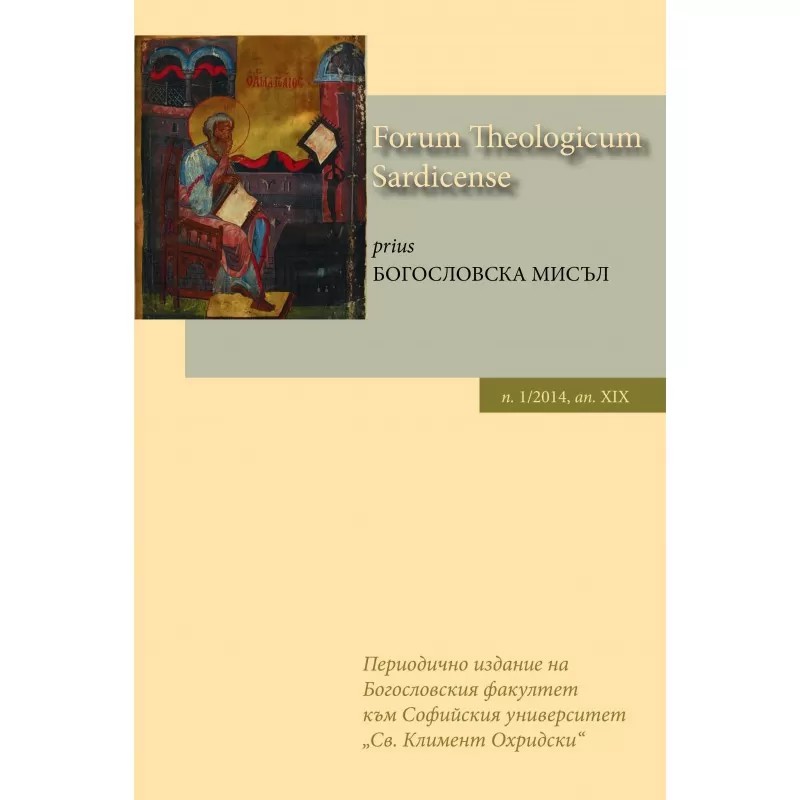Meatfare Sunday and the “Last Judgment”: Typology of Influences
DOI:
https://doi.org/10.60061/fths.2014.1.109-126Keywords:
Meat fare Sunday, Icons, Christian Art, Liturgy, Practical Theology, LiturgicsAbstract
The article “Meatfare Sunday and the ‘Last Judgment’: Typology of the Influences” examines the relationship between the Church feast dedicated to Christ’s Second Coming and the iconography of the Last Judgment. The hymnography for the Second Coming of Christ dates back to the 6th century, notably with the creation of the kontakion for Meatfare Sunday by St. Romanus the Melodist. Over time, the liturgical practice associated with this feast evolved, and by the 17th century in Russia, a separate ‘rite of the Last Judgment’ was established, including a procession with the icon of the Last Judgment. Today, Meatfare Sunday, which is the third Sunday in the three-week preparatory period before Lent (Quadragesima), commemorates the Second Coming. The Gospel passage read on this feast is Matthew 25:34-41, and the hymns for this day are included in the Lenten Triodion. The iconography of the Last Judgment has also undergone several stages of development. In the 6th century, the earliest allegorical version depicted Christ separating the sheep from the goats (Matthew 25:34-41). By the 11th century, the classic Byzantine iconography of the Last Judgment had been established. In the 15th and 16th centuries, new iconographic interpretations emerged in Russia, Ukraine, and Mount Athos.Downloads
Published
2025-05-23
Issue
Section
Статии
License
Copyright (c) 2014 Annual of St. Clеment of Ohrid University of Sofia – Faculty of Theology

This work is licensed under a Creative Commons Attribution-NonCommercial 4.0 International License.
How to Cite
Meatfare Sunday and the “Last Judgment”: Typology of Influences. (2025). Forum Theologicum Sardicense, 1, 109-126. https://doi.org/10.60061/fths.2014.1.109-126


